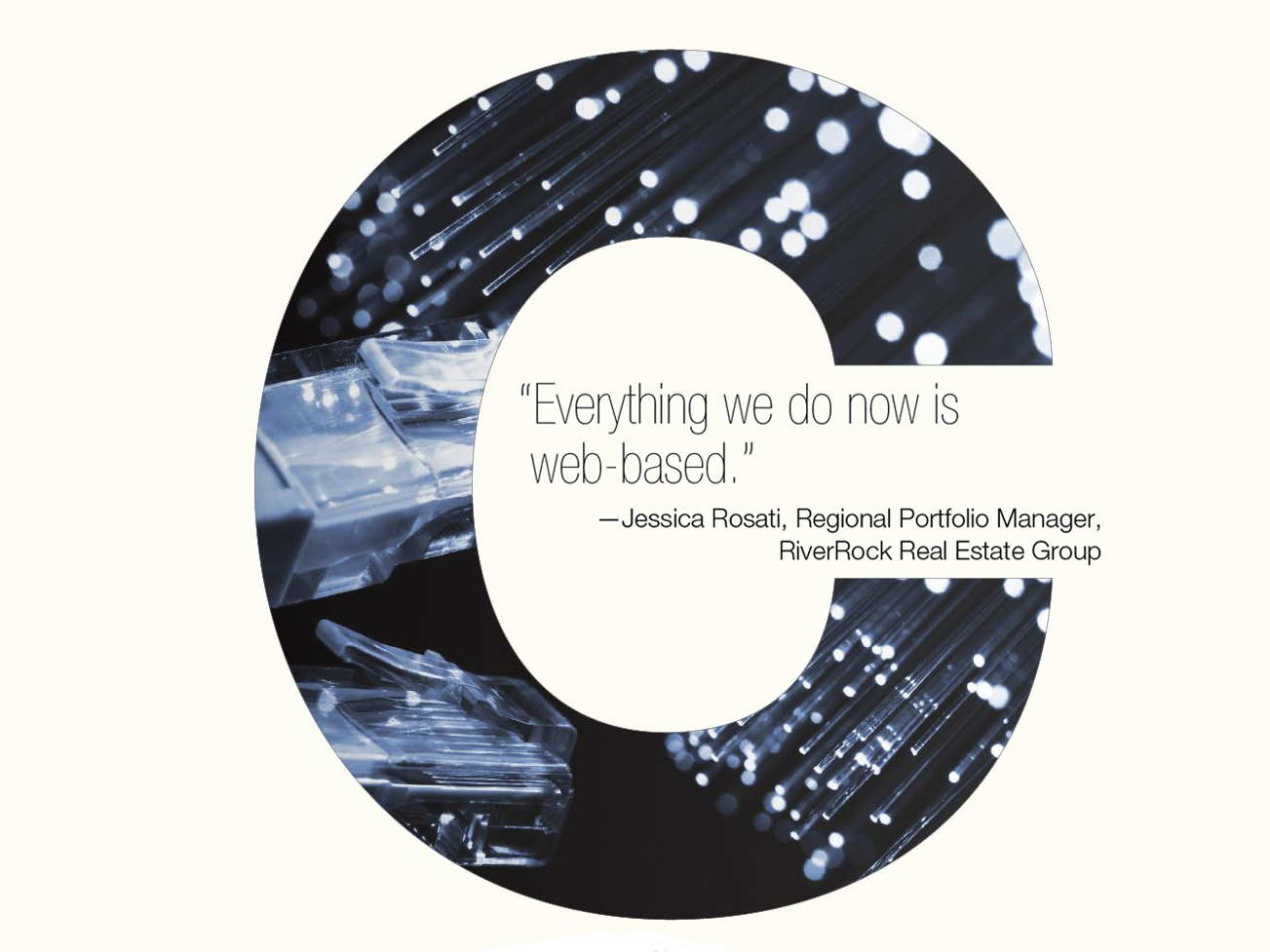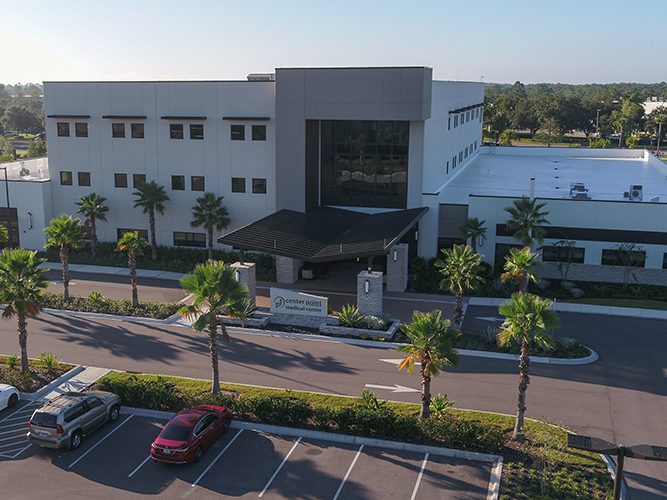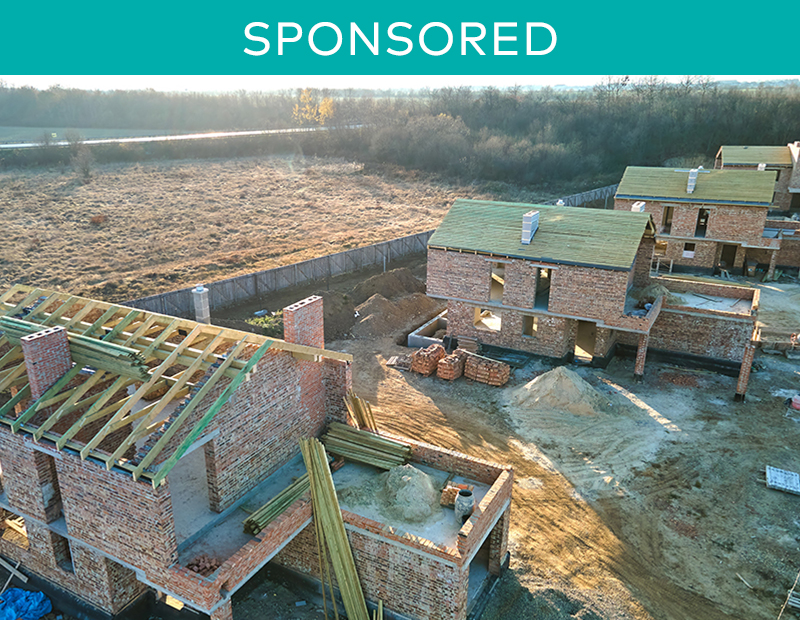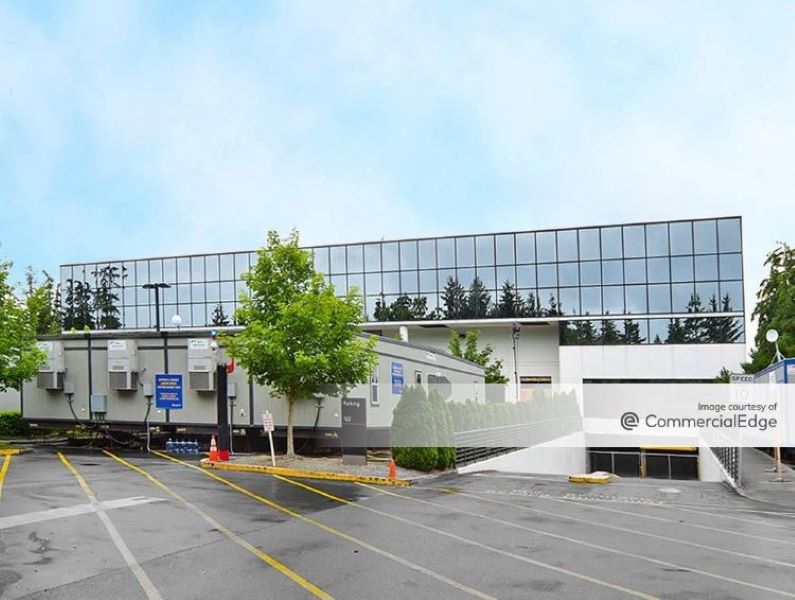Navigating the 7 Cs of Property Management
Economic, technological and demograhic trends are changing the field in permanent ways. How are today's professionals meeting rising expectations?
The property management field today faces unfamiliar currents and contrary winds. These encompass both traditional concerns (like answering maintenance requests) and some not-so-traditional issues (like implementing active-shooter drills). Changing demographics in both the general workforce and the property management profession itself also pose a widespread challenge. Here are seven concerns and how best to address them.
Crisis Management
Emergency preparedness for property managers has long meant being ready for pretty much anything, but weather is a major concern of late. Just in the past few months, the nation has seen three earthquakes in two days centered on Ridgecrest, Calif.; Hurricane Barry in the Gulf of Mexico; and flash flooding in Maryland.
“We seem to have more extreme storms,” noted Dan Ashdown, national director of compliance for Transwestern.
But even in the age of climate change, it’s the human threats that sometimes loom largest. Civil disorder is more of a worry now, Ashdown said, and an active-shooter scenario is “the emergency of the day.” Those events are hard to plan for because actual circumstances will vary widely.
Recently, a high-rise office building managed by Transwestern in Rockville, Md., had an incident in which a couple of windows were shot out overnight. No one was in the spaces in question at the time, but one of the tenants was reluctant to continue occupying its suite. Although the police investigation appears to be ongoing, Ashdown reported, the authorities seem to suspect vandalism and nothing worse. Reassured by the police that the building is safe, the tenant has decided to remain in place.
Collaboration
In 2016, Millennials became the largest segment of the U.S. workforce, according to the Pew Research Center. Therefore, attracting and pleasing this tech-savvy, team-oriented cohort that is also prone to job-hopping is a major focus for office property managers.
Thomas Larance, head of experience management for JLL, noted that conveniences for tenants have broadened to include wellness programming, work-life balance support, tenant engagement and sustainability. “The amenities race is certainly on,” he said.
Determining which amenities are offered and how certainly depends on the resources available. Larance contrasted two buildings managed by JLL. At a large trophy office property, JLL built out a multimillion-dollar, full-floor amenity center with a fitness facility (which costs individual tenants just $200 a year), grab-and-go food items, a tenant lounge with conference areas, and a bar. “It’s priced to be affordable,” Larance said. While helping draw tenants, the amenities floor will soon be a profit center on its own.
In contrast, a smaller building without an onsite community manager created a self-managed tenant lounge/community space that was in line with its budget.
The amenity mix also depends on who is occupying the building. A tech company, for example, is culturally different from a high-profile law firm. Beyond that, Larance’s team tracks trends by individual metro areas because “different geographic areas have different twists.” Yoga is big in the Midwest, but in California, “sound baths” (typically using gongs or bowls) are popular right now. “You have to know your audience,” he said.
Carbon
This year’s frightening and deadly heat waves around the world, along with unprecedented and widespread peat fires in Siberia, have brought further attention to global warming and carbon’s role in it. But for office building owners and managers, there’s only so much capacity for generating renewable, carbon-free energy on site.
That’s why the best energy opportunity for property managers right now is offsite renewables, according to Sara Neff, senior vice president of sustainability at Los Angeles-based Kilroy Realty Corp. “You can achieve a lot of scale that way,” she said.
And achieve scale Kilroy has. Through an offsite power purchase agreement with a company in Texas, the office building REIT is buying 84 megawatts offsite versus the 5 megawatts it’s currently generating from onsite solar. Kilroy negotiated the power purchase agreement directly, though it’s common for companies to work through a broker. While the offsite power is all solar, with a different provider, it might be wind or a mix.
Kilroy doesn’t use that electricity, of course. “The electrons go straight to the grid,” Neff said. “It’s more of an offset, but one with meaningful additional capacity to the grid. We are grappling with a new relationship with our grid.”
Kilroy also sometimes feeds power back into the grid through its onsite solar. “And our batteries take our buildings offline based on pricing signals,” Neff said.
Financially speaking, the power purchase agreement should be accretive for Kilroy, and it’s increasingly important for tenants and for investors. “This is a major shift,” said Neff of the transition from counting energy to counting carbon. “Energy was a proxy for carbon.”
Connectivity
The average office worker simply wants fast and reliable online access. But there’s a lot that goes on behind the scenes for that to happen. In fact, it has become more common over the past few years for tenants to want two parallel options from different telecom providers. “Tenants are looking for redundancy,” said Jessica Rosati, a San Jose-based regional portfolio manager with RiverRock Real Estate Group. So, for owners of buildings with only one telecom provider each, she explained, “it can be a hindrance for leasing.”
What historically was provided via DSL moved to fiber, and now more tenants are demanding copper or fiber and copper in parallel. The “race for speed,” Rosati said, is driven by the widespread use of software-as-a-service and the practice of keeping data in the cloud. “Everything we do now is web-based,” Rosati said.
Landlords generally approach negotiations for access agreements with telecoms by applying two strategies. One approach is to drive additional revenue through up-front incentives from telecom providers, along with ongoing monthly revenue (rent, really) over a term of possibly five years. The other strategy focuses more on attracting tenants by giving them the best possible online access.
There are other complexities to these negotiations. For example, older buildings pose more of a cost risk for telecom providers because of potential unknowns during the installation process.
Any telecom provider wants to know how many potential customers it will have—the more tenants, the more fixed costs can be spread—in a given building, says Rosati. “Telecom companies are really chomping at the bit to expand their customer bases,” he said.
In Silicon Valley, all of this is complicated by high occupancy rates in office and lab space. But while landlords have more leverage, they still have to balance their own priorities with tenants’ need for secure, fast, redundant online access.
Concierge
Increasingly, landlords attract tenants through services offered by a building’s management staff—or at least, that’s the goal, said Georgia Collins, co-leader of Host, CBRE’s workplace experience services platform.
Particularly over the past year or two, she explained, there has been an emphasis on not just constructing but operating the office building in such a way as to optimize the office experience.
With the increased competition for workforce talent, Collins finds, there’s more emphasis than ever on issues like: Does the building let people be productive? Is the building easy to get to and easy to get in and out of?
“People need to manage their lives,” she said. “If I can save you time, I’m making that a better workplace for you.”
One side of that is not having to make five calls to get something fixed but perhaps instead using an app to easily submit a work order. Another side is what Collins calls “ritual and delight.” A ritual might be the annual Christmas holiday party or Monday morning doughnuts. Delight would be something that helps create community at work, like Soccer Tuesday during the World Cup. (One pitfall, she noted, is that “delight” can easily become routine.)
One approach Host has been using to strengthen its capabilities in this realm is to hire personnel from the hospitality industry. “Nobody thinks of CBRE as a hospitality organization,” she added, but jobs at Host offer a more 9-to-5, Monday-to-Friday schedule. That can be quite attractive to someone from a hospitality background.
“A higher level of customer experience is becoming standard,” concluded Collins, who predicted that these services and expectations will eventually filter down from Class A space. “You don’t have to be in a Class A to have a great work experience.”
Cybersecurity
Cybersecurity is a mounting challenge for property managers. While commercial properties are becoming ever more thoroughly automated and networked, a growing number of laws and regulations mandate that the private sector protect the data it collects from tenants. And of course, hackers’ and cybercriminals’ infiltration methods are becoming more sophisticated and destructive.
Further complicating the problem is that computer systems functioning in a building change every day.
The Institute of Real Estate Management has cautioned property managers against tackling cybersecurity issues themselves and has advised calling in an in-house IT expert or an outside consultant. BOMA also advocates partnering with cybersecurity pros in its recently issued guidance on the multiple vulnerabilities inherent to intelligent building management systems or “smart buildings.”
In the guide, BOMA points out that the rapid growth of these systems plus their ongoing integration with the Internet of Things, pose a variety of risks for buildings and their owners. Such vulnerabilities, according to BOMA, could be brand damaging and even life threatening.
For example, a contract maintenance worker with access to all of a facility’s plant rooms and electrical risers could access IBMS automation network cabling and controllers and thus be able to interfere with lighting, access control and security detectors for at least part of the building.
By plugging a laptop into a network controller in an unsecured enclosure, this worker might find that there are no security restrictions on viewing the automation-level program and network traffic. The intruder could then reprogram the security alarms to automatically turn off at night and set doors to unlock. Upon returning after dark, the worker would have easy access into and within the facility.
Career Development
Property management has long been a profession demanding a wide skill set. But sophisticated tenants and buildings have heightened the requirements and made recruiting, training and retaining professionals even more difficult. Add to that current demographic trends that are impacting all areas of employment.
“We are dealing with four generations in our workforce,” including Boomers who are delaying their retirement, said Sandra Boyle, CPM, senior managing director of asset services for Northern California with Cushman & Wakefield.
On one hand, the job of the property manager has become more analytical and technical and “oriented toward the value proposition,” Boyle said, but the job also requires creative people. She estimates that property managers need 50 percent more training hours per year now vs. 20 years ago just to stay current. Cushman & Wakefield belongs to LinkedIn Learning (the former Lynda.com) and couples that with online leadership training. And fortunately, the local BOMA chapter offers property management courses through the business school at San Francisco State University.
And just as office tenants have trouble attracting talent, so does the property management profession. “The competition for college graduates in the Bay Area is brutal,” said Boyle.
Boyle is typically looking for more experienced professionals, but the competition there is just as stiff. Right now, there’s less than 1 percent unemployment in the Bay Area’s property management field, she noted.













You must be logged in to post a comment.